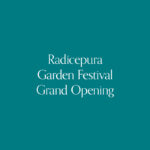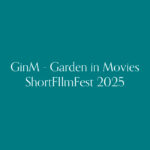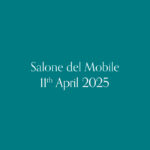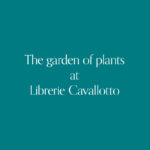This garden expresses a lush vitality; it attracts, but results impenetrable. Its form is not dictated by human ergonomics or aesthetic pleasure; it is rather a complete and complex vegetal system, where man’s presence is superfluous. Man is indeed only a spectator: under the illusion that he can have access to the garden and comprehend it, he perpetually walks its perimeter, without ever being able to reach it.
The garden consists of a few essential elements: it has a circular shape and sufficient size to keep visitors at a distance, yet intrigue them with different, somewhat hermetic views of what it contains. A dense carpet of soft golden grasses and spiky agaves defends the center of the garden. Here, from the black volcanic soil, rises a large bright pink circle, at the base of which grow plants that echo its color. The central artificial element symbolizes the human need to enclose in our limited knowledge the plant world, which we are far from owning, still mysterious and on which we are completely dependent. The wind, an essential element of the landscape, participates in the composition by moving the perimeter essences. As the sun sets, the circle, illuminated, continues to assert its presence; small dots of light blend in among the grasses and give life to an evocative nocturnal landscape.
Excluded from the physical space, the visitor accesses a mental space where he reevaluates the plant world, which here is taking over: it dictates the architecture, it draws in, yet denies access, it remains dominant and indecipherable despite man’s vain attempts to impose his own order. The only possible action remains to ask: what does the circle represent? Does it imitate the color of the surrounding plants or the other way around?
I would like my garden to be, besides an expression of beauty, a space of experience and culture, a motivator of knowledge and innovation. It is time to re-establish the right balance in our relationship with plants and approach them with humility, respect and “amuranza”: only by understanding their intelligence can we aspire to unexpected future discoveries.
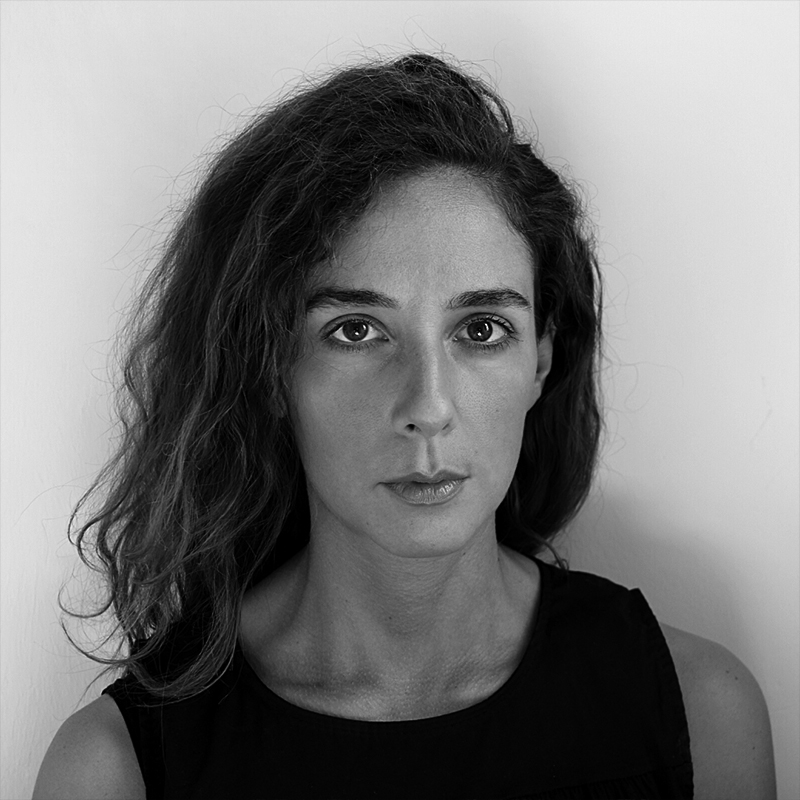
I work in the creative field, at the intersection of architecture, design and art, with a multidisciplinary approach. I am currently based in Treviso. In work and life I draw the most inspiration from (and I am particularly passionate about): remote islands, volcanoes, rocks, plants and seeds, collected from all parts of the world.
I hold a Master’s Degree in Architecture for Sustainability from the IUAV University of Venice; I also attended courses at AHO – the Oslo School of Architecture and Design and at IIT – Illinois Institute of Technology in Chicago, where, in addition to the architectural disciplines, I studied visual design and photography.
I am part of the creative duo navenietrussoni, operating between Treviso and Milan: in recent years we have created the work “Sup-Portare,” a land art installation in the Dolomites, winner of the International Land Art Biennial SMACH.2021, three wall ceramics that tell episodes of the history of the Baggio neighborhood in Milan, and we are finishing a sculpture for the Châtillon headquarters of CVA, a company that operates in the field of energy production from renewable sources.


